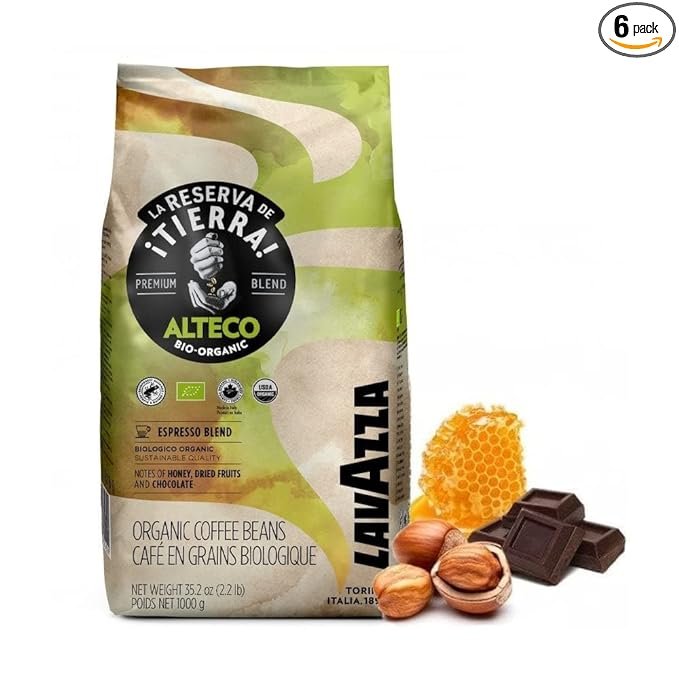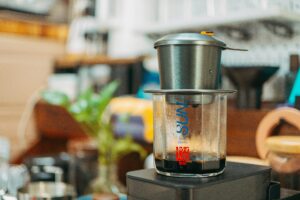Coffee grounds are often hailed as a miracle for your garden, but did you know they aren’t suitable for every plant? Whether you’re a seasoned gardener or a coffee enthusiast looking to recycle, understanding which plants dislike coffee grounds can save you time and effort.
Why Coffee Grounds Are Popular in Gardening
The Benefits of Coffee Grounds
Many gardeners swear by coffee grounds. They enrich the soil with nitrogen, improve drainage, and even repel pests. This makes them a versatile addition to compost bins and garden beds alike.
Nutrients in Coffee Grounds
Coffee grounds contain essential nutrients like nitrogen, potassium, and magnesium. These elements contribute to the healthy growth of many plants. The organic matter also helps retain moisture in the soil, making it more fertile.
Common Uses of Coffee Grounds
You can sprinkle coffee grounds around plants to deter slugs and snails or mix them into compost. Many people also use coffee grounds to modify soil pH, making it more acidic, which is beneficial for certain plants.
Plants That Dislike Coffee Grounds
Tomatoes
Tomato plants are sensitive to the high acidity found in coffee grounds. The grounds can cause stunted growth and yellowing leaves. It’s best to keep coffee grounds away from your tomato patch.
Lavender
Lavender thrives in alkaline soil and well-draining conditions. The acidic nature of coffee grounds disrupts lavender’s growth, causing it to struggle. Avoid using coffee grounds near lavender plants.
Rosemary
Rosemary prefers a more neutral to slightly alkaline soil pH. Coffee grounds, being acidic, can hinder its growth. If you’re growing rosemary, it’s best to find another composting material.
The Impact of Acidity on Plants
Understanding Soil pH
The pH level of soil significantly affects plant growth. A pH below 7 is considered acidic, while a pH above 7 is alkaline. Coffee grounds are slightly acidic, usually around 6.2-6.8.
How Acidity Affects Nutrient Uptake
Acidic soils can hinder the uptake of vital nutrients like calcium and magnesium. This can lead to nutrient deficiencies and poor plant health. Plants that prefer alkaline conditions will suffer when exposed to too much acidity.
Signs of Acid Stress in Plants
Common symptoms of acid stress include yellowing leaves, stunted growth, and poor flowering. If you see these signs, it might be time to check your soil pH and reconsider using coffee grounds.
Alternatives to Coffee Grounds
Eggshells
Eggshells are an excellent alternative to coffee grounds. They add calcium to the soil and help reduce acidity. Crushed eggshells can also deter pests.
Wood Ash
Wood ash is alkaline and can help balance soil pH. It contains potassium and other trace elements beneficial for plant growth. Use it sparingly to avoid over-alkalizing the soil.
Compost
Traditional compost is another great alternative. It offers a balanced mix of nutrients and helps improve soil structure. Unlike coffee grounds, compost is generally neutral in pH.
Lavazza Organic ¡Tierra! Whole Bean Coffee Blend

- Light Roast
- 100% Arabica
- USDA Organic
- UTZ & Euro Leaf Organic certified
- 100% sustainably grown
Practical Tips for Using Coffee Grounds
Proper Composting Methods
If you still want to use coffee grounds, mix them into your compost heap. This dilutes the acidity and balances nutrients. Aim for no more than 20% coffee grounds in your compost mix.
Testing Soil pH
Regularly test your soil pH to ensure it stays within the ideal range for your plants. Home testing kits are affordable and easy to use, offering valuable insights into your soil’s condition.
Combining Grounds with Other Materials
Mix coffee grounds with other compost materials like leaves, grass clippings, and kitchen scraps. This creates a well-rounded compost that benefits most plants.
Common Misconceptions About Coffee Grounds
Coffee Grounds as Fertilizer
While coffee grounds do add nutrients to the soil, they are not a complete fertilizer. They should be used as a supplement rather than the primary source of nutrients.
Instant Results
Some people expect immediate improvements after applying coffee grounds. However, it takes time for the grounds to break down and release nutrients. Patience is key.
Universal Applicability
Not all plants benefit from coffee grounds. Understanding the specific needs of your garden plants is crucial for successful gardening.
How to Safely Incorporate Coffee Grounds
Moderation is Key
Using coffee grounds in moderation is essential. Overuse can lead to overly acidic soil, harmful to many plants. Spread them thinly and mix well with other compost materials.
Observe Plant Reactions
Pay close attention to how your plants respond after using coffee grounds. If you notice any adverse effects, stop using them immediately and seek alternative composting materials.
Educate Yourself
Stay informed about the specific needs of your plants. Each species has unique requirements, and understanding these can help you make better gardening decisions.
Conclusion
Coffee grounds can be a fantastic addition to your garden, but they aren’t suitable for every plant. By understanding the needs of your garden and using coffee grounds wisely, you can enjoy a thriving, healthy garden. If you’re unsure about the best practices, consulting with experts or using alternative composting materials can make a significant difference.
FAQs
Can I use coffee grounds for indoor plants?
Yes, but be cautious. Indoor plants can be more sensitive to soil pH changes. Use coffee grounds sparingly and monitor your plants for any signs of distress.
How often should I apply coffee grounds?
Applying coffee grounds once a month is usually sufficient. Always mix them into the soil or compost to avoid clumping and excessive acidity.
Are used coffee grounds better than fresh ones?
Used coffee grounds are preferable because they are less acidic. Fresh grounds can be too strong and may harm your plants.






